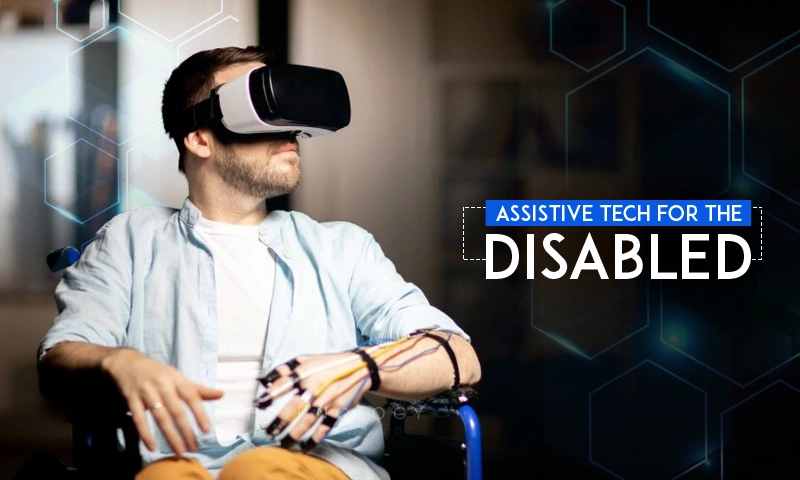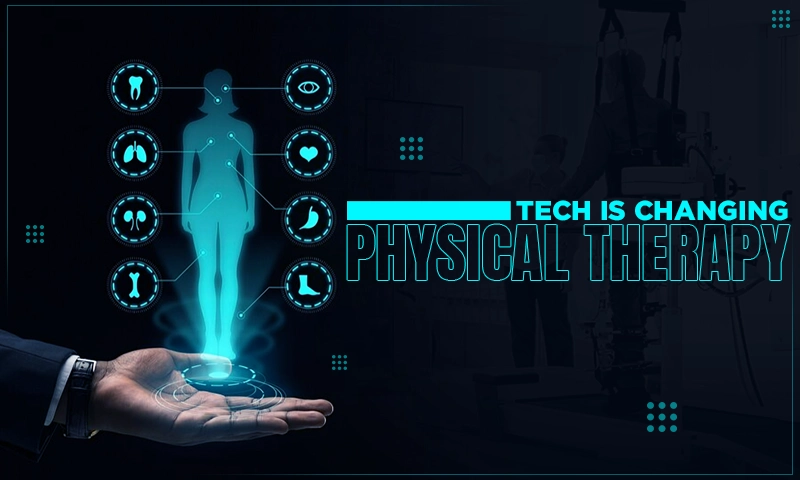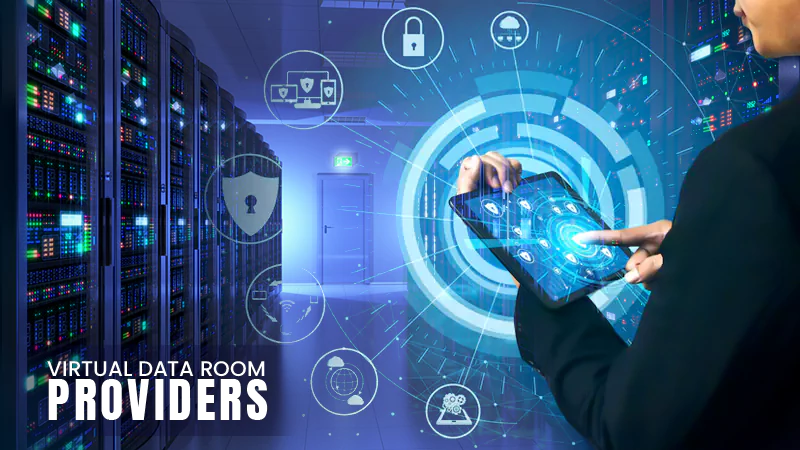Private LTE vs. WiFi: Which is Better?
Whenever we are out, we start looking for the nearest WiFi power – but do you know how safe such kind of practice is? The public networks are exploited by hackers now and then. It is not very difficult to do it; with plenty of hacking applications available easily online, this has become easier. In today’s article, we will discuss private LTE network and WiFi and how they differ.
You might be aware of people discussing WiFi safety and speed- and some of the latest computers even warn you when you connect your network to an unknown network that we many times miss out and do not take it very seriously.
Private LTE and WiFi – What is the Major Difference
We can define a private LTE network as an alternative network option for WiFi or its replacement, particularly when there is limited WiFi, and can be used as complementary to the WiFi network. When there is no proper WiFi connectivity, LTE is a better choice when connectivity is needed to support mobile deployments. Also, WiFi is vulnerable to interference from the steel walls, so you must understand the difference between both the networks.
There is an essential need for the wireless LAN, but WiFi ability to meet such need is restricted. Most of the big organizations have started using Private LTE that use various spectrums — like CBRS — that can reduce the congestion, improve the flow of traffic, increase information security, and drive down the costs.
How Does 5G Networks Impact Private Cellular Networks?
The primary reason is organizations know that cellular networks can cover wider and bigger areas, but WiFi will handle things at a smaller scale. With a 5G network connection, organizations can do their tasks at a faster speed and network, with good bandwidth & network capacity. The 5G network will take the organizations to get in the network that handles wider and larger without any latency —and rivaling wired LANs performance.
These organizations can use WiFi connectivity for long after private LTE comes strong. It is simple for enterprises to deploy the WiFi network, and it depends on the locations. Businesses can use both network solutions and improve their business connectivity.
WiFi vs. LTE– How to Determine Which One Is Faster?
Many important factors are involved in the speed that you can get from the WiFi and LTE network that we will see in detail here. Besides various technology differences of both the networks, when you are deciding on its actual connection speed, it is important to focus on:
Client usage: Do you need static or moving? Determine how many people will be connected to that same cell tower or, in simple words, hotspot?
Speed and coverage: Make sure there are enough hotspots or towers that will give you good overall coverage?
Infrastructure: Is it ready to support new technologies? Are they updated continuously? How many different connections does it support in the background?
Interferences: This can be because of the walls or other wireless equipment.
Benefits of Using WiFi and LTE
LTE is considered to be the popular 4G technology, and with its fast, it’s mostly dependent on many different factors. Generally, it’s based on radio waves. But, WiFi & 3G networks are mainly based on microwaves, and thus it’s made to operate over the current hardware components. This can affect your LTE networks for having the right penetration even in remote areas if you want to have the maximum coverage area.
Most of the time, LTE networks are operated on fiber optic cables. This provides better codecs that will help to encode signals and increase the transfer speed of the data communications and multimedia files. The WiFi wireless signal allows various components and links over the transmitter to have proper interactions. It can share files as well as carries voice messages. The WiFi is mainly important to make components share its wireless signal to the computer, phone, and router.
Difference Between Private LTE and WiFi
| LTE | WiFi |
| Private LTE is a long term evolution | WiFi is Wireless Fidelity |
| LTE coverage range is 2KM | WiFi coverage range is 100m to 1 KM |
| Continuous channel change | Channel gets occupied when a data packet is transmitted |
| Provides centralized scheduler | Audio source management is based on CSMA |
| The power source can be open and closed-loop | The power source is available only in the open-loop |
Conclusion
Internet usage is increasing drastically in the past few years. Mobile broadband or LTE and WiFi connections are used for simple and instant access and can perform various features needed for the data establishment.
You May Also Like: https://emailspedia.com/convert-ansi-pst-to-unicode-pst-to-ansi/
Share
















